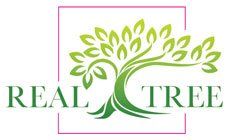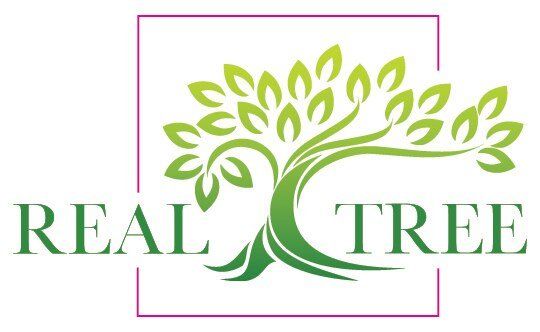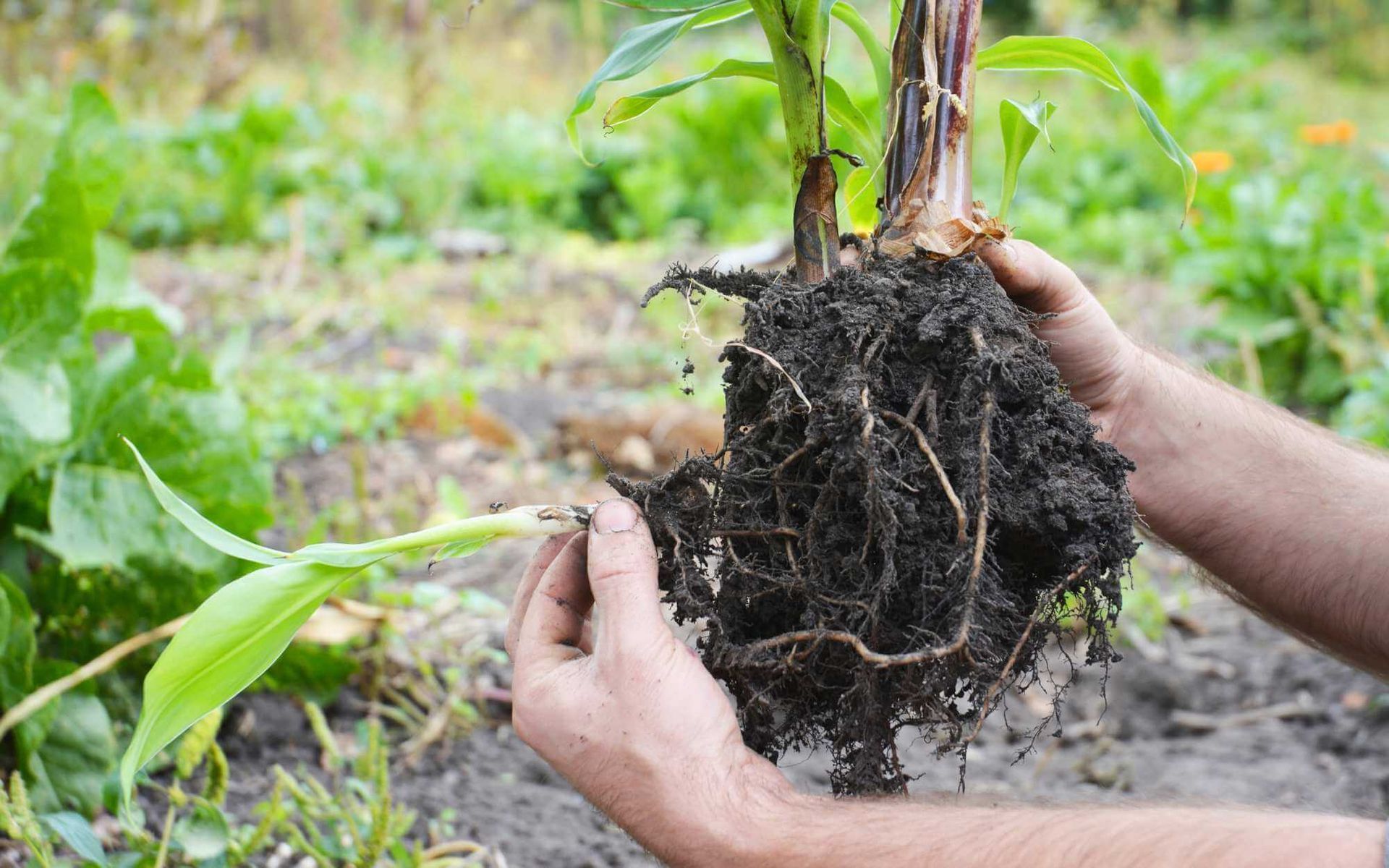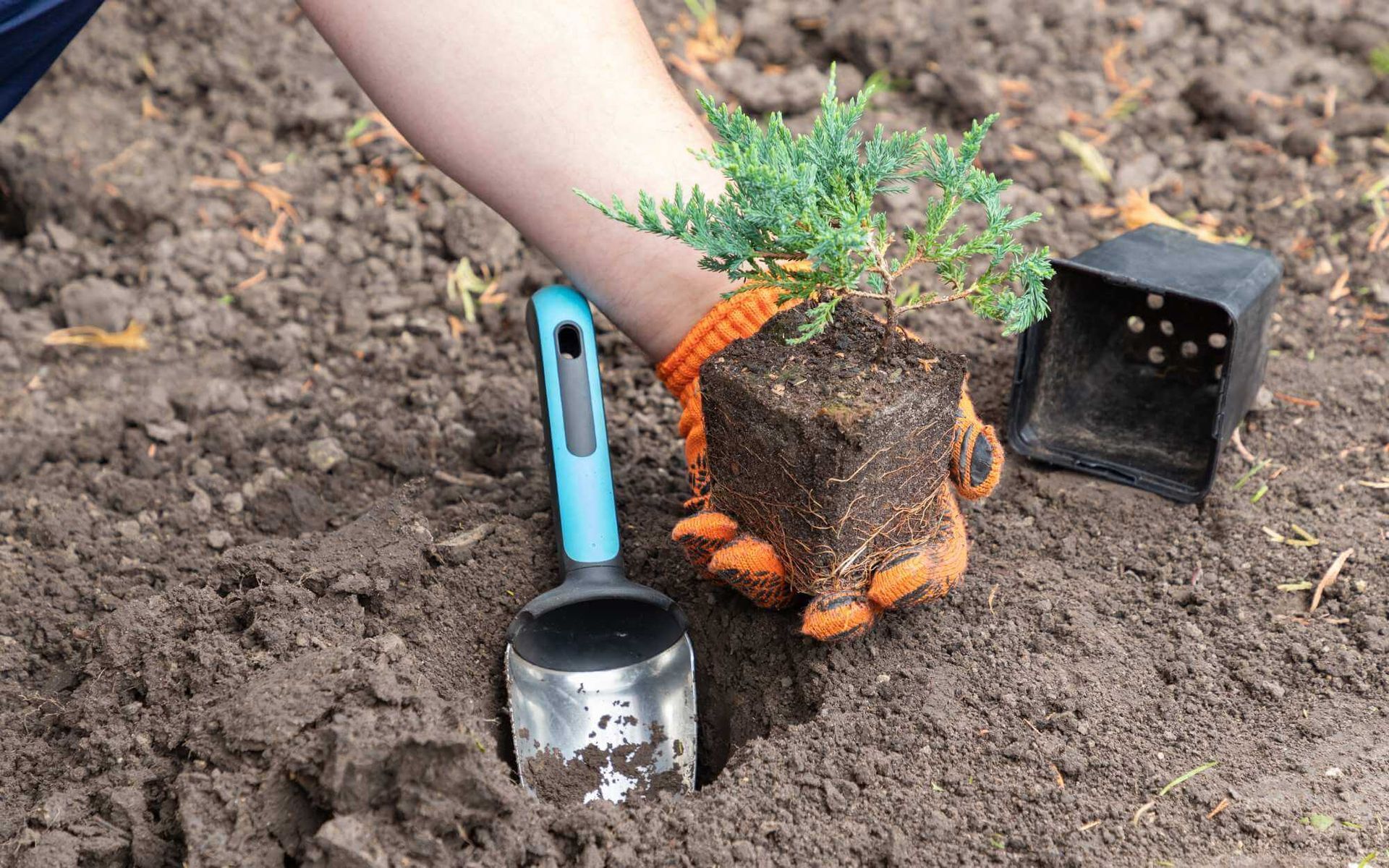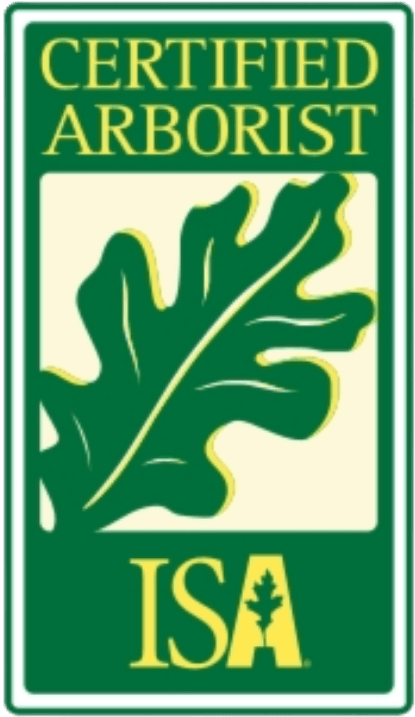Identifying Signs of Tree Health Problems in Your Yard
PUBLISHED ON
SHARE THIS ARTICLE
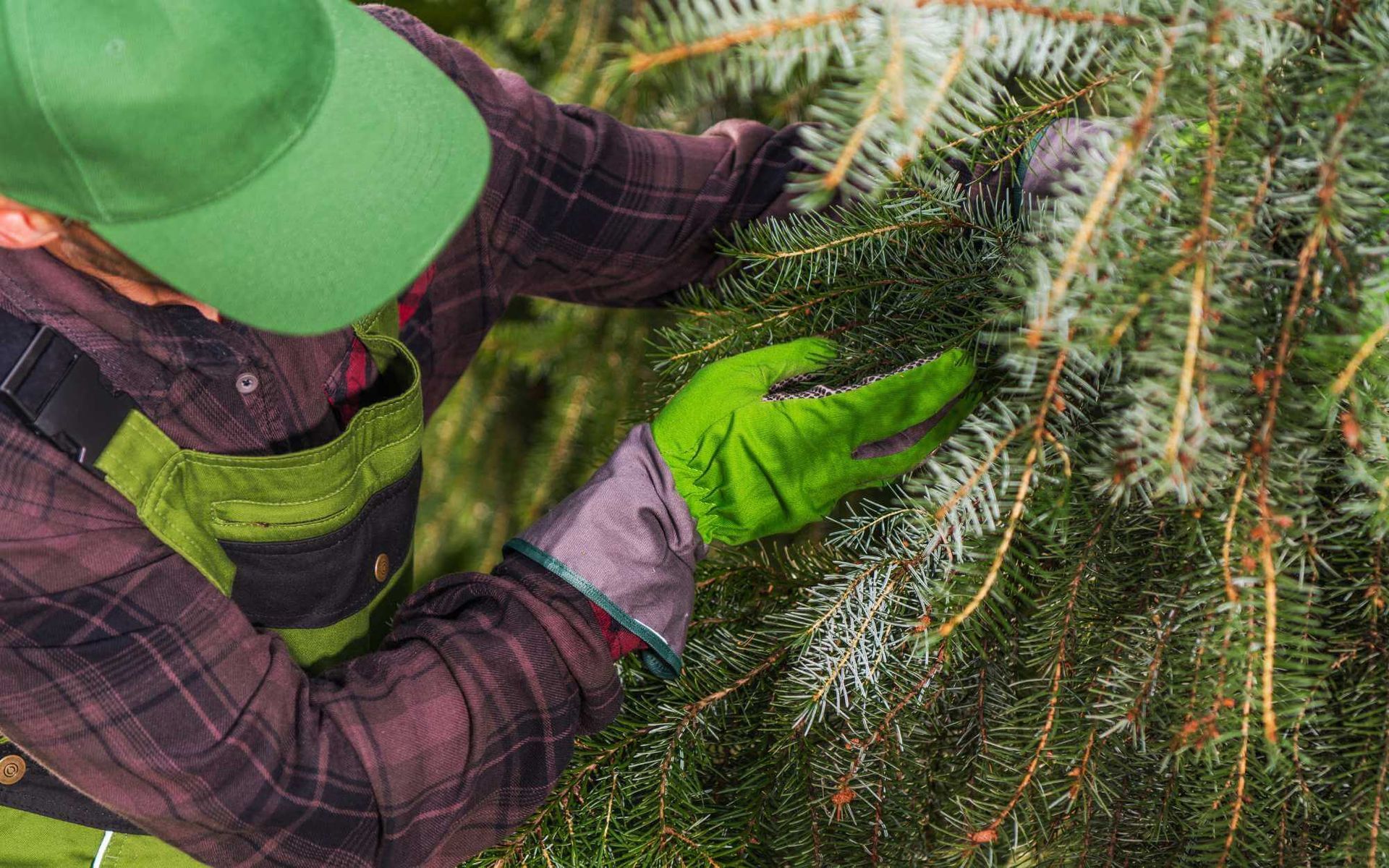
A thriving, lush yard is the pride of every homeowner. Central to this verdant landscape are the towering trees that provide not only shade and beauty but also serve as a sanctuary for various birds and wildlife. However, maintaining tree health is a complex matter that often goes overlooked, despite its integral role in the overall vibrancy of your yard.
Recognizing the signs of tree health problems early is essential in preserving the aesthetic and ecological value of your outdoor space, providing a haven for you and local wildlife alike.
In this blog post, we'll guide you through the essential steps to identify signs of tree health issues, ensuring your yard continues to flourish.
Common Signs of Tree Health Issues
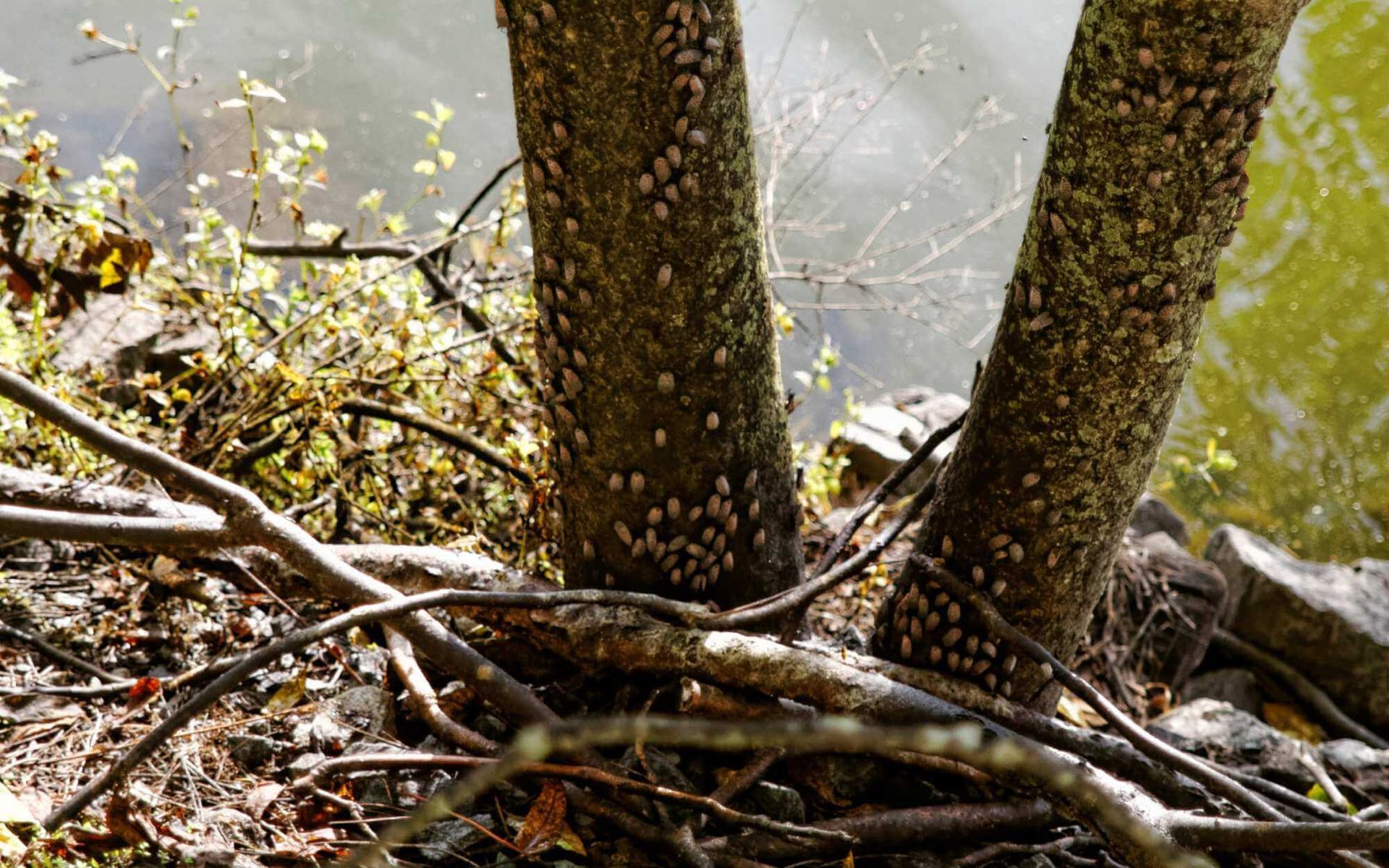
Let's delve into the signs of unhealthy trees to help enable you to take swift action, potentially saving your trees from further harm and maintaining the lush quality of your yard.
Leaf Discoloration or Abnormal Leaf
One of the significant indicators of tree health issues is leaf discoloration or abnormal leaf drop. Healthy tree leaves have a vibrant, uniform color. Discoloration, yellowing, or early leaf drop, especially outside of the regular fall season, may signal a problem such as disease or nutrient deficiency.
Bark Damage or Abnormal Growth
Another vital sign of tree health issues is visible damage on the bark or abnormal growth patterns. Healthy trees have a consistent, unbroken bark surface. The presence of cracks, peeling, or unusual growths such as fungi or mold often indicates there are underlying health issues.
Fungal or Pest Infestations
Fungal or pest infestations are grave threats to tree health. Fungi can cause decay, while pests can harm tree structures. Indications of these infestations can range from visible fungal growth to an unusual number of dead and broken branches, or an influx of woodpeckers, known consumers of these harmful pests.
Branch Dieback or Breakage
Branch dieback, where branches start to thin out or die from the tips inward, can be a sign of stress in a tree. Similarly, breakages, especially in the absence of severe weather, may indicate structural weakness. Both necessitate immediate attention to prevent the sick tree from total health deterioration.
Understanding the Causes
Environmental factors play a significant role in tree health, with conditions such as drought, extreme temperatures, and pollution potentially causing stress and damage.
Tree disease, often resulting from fungal or bacterial infections, can lead to symptoms like leaf discoloration, excessive dead branches, abnormal growth, or branch dieback.
Moreover, pests such as beetles and borers can inflict severe structural damage, further escalating health issues in trees.
Understanding these causes allows for timely interventions and better tree health management.
Preventive Measures for Tree Health
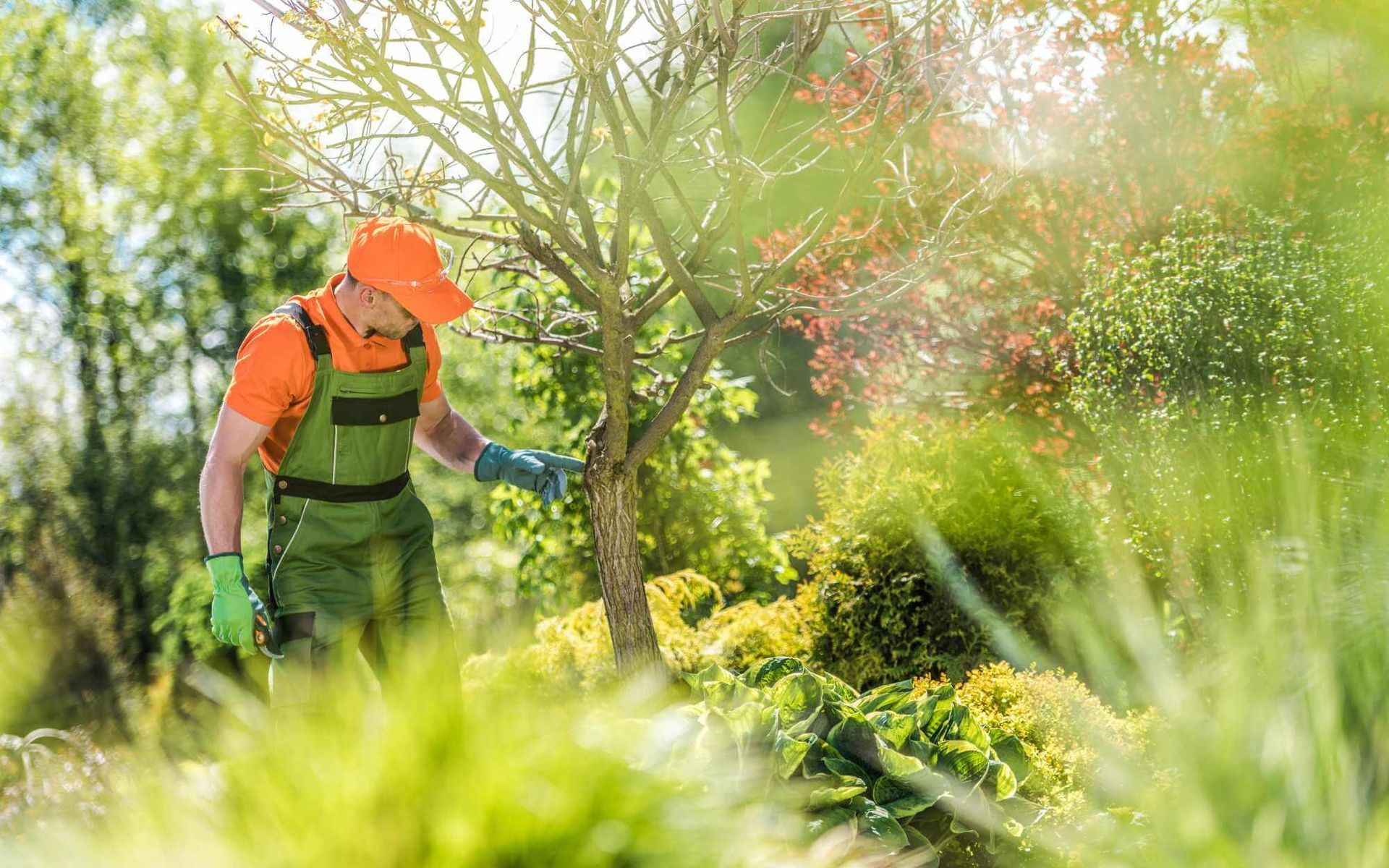
To avoid returning home to a dead tree, taking preventive measures is essential:
Proper watering and irrigation - One of the primary preventive measures for tree health is proper watering and irrigation, especially during dry spells. Regularly checking and providing moisture to your trees can help maintain their overall well-being.
Regular tree inspections and maintenance - Regular tree inspections and maintenance can help identify any signs of stress or damage early, allowing for timely interventions. Professional arborists can provide expert advice on the best care methods for your trees.
Pruning and trimming techniques - Proper pruning and trimming can help promote tree health, reducing the risk of diseases and pests. Professional arborists are knowledgeable in these techniques, ensuring your trees stay safe and healthy.
Soil management and fertilization - Soil management and fertilization also play an essential role in tree health. Well-managed soil supports the growth of healthy trees, allowing them to better withstand environmental stressors.
Seeking Professional Help
When trees exhibit persistent or severe signs of stress, such as extensive leaf discoloration, significant bark damage, or a high number of dead or broken branches and infected trees (e.g., a dying tree), it's time to consult a local tree service. Their expertise can help diagnose and treat the problem, possibly saving the tree and preserving the overall health of your yard.
Regular consultations can also help prevent future issues, maintaining the beauty and vibrancy of your outdoor space.
Spot Signs Early, Preserve Tree's Health
Whether you have deciduous trees or grow fruit trees in your yard, proactive tree care is integral to maintaining a vibrant and healthy yard. Regular inspections, proper watering, and timely interventions can prevent complications and keep your trees healthy.
Don't wait for problems to occur, start your
proactive tree care journey today. Reach out to our certified arborist and ensure your yard continues to thrive.
Want a free quote or some friendly advice? Call our team today:
